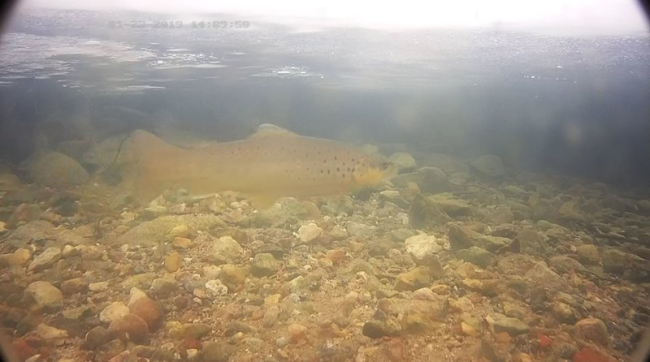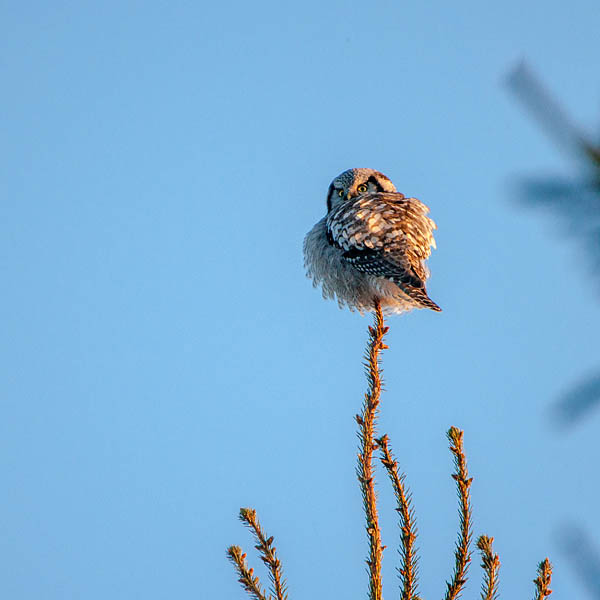Spawning period ending
Screencap from webcam IceAge, LK forum
English translation Liis
Estonian text posted 30.01.2019
Spawning period is ending
River trout, Brown trout Jõeforell or hõrnas Salmo trutta morpha fario
The spawning period is coming to an end in spring-fed water bodies.




